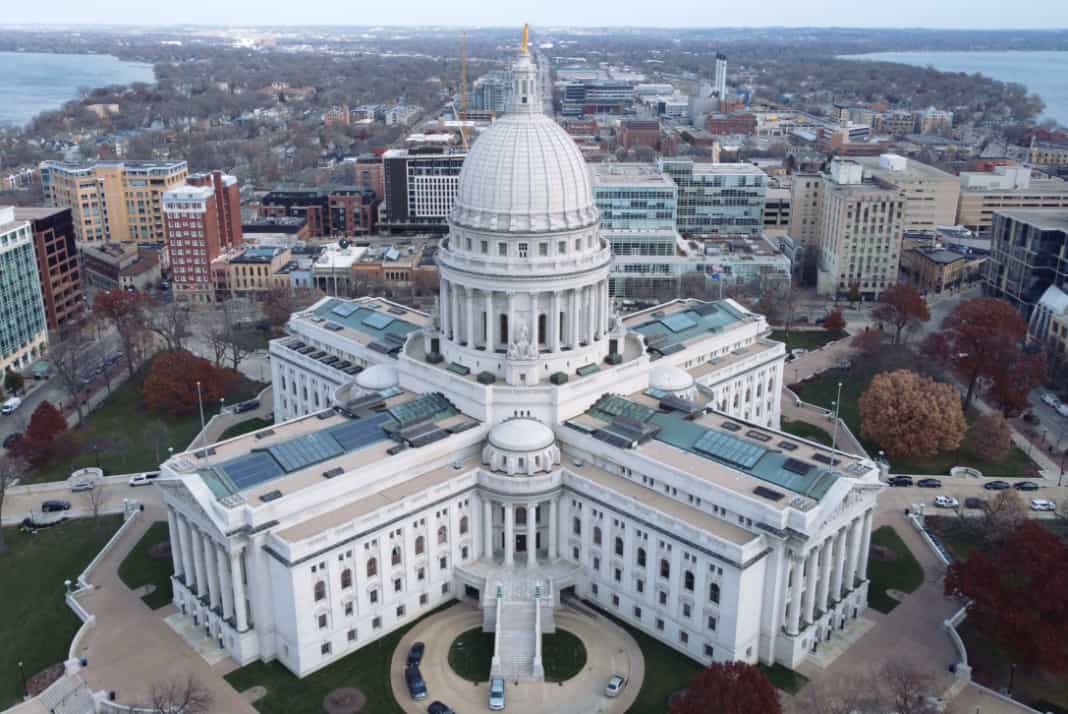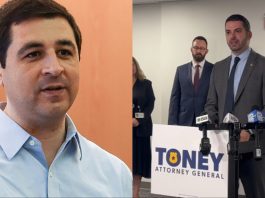I seem to see the same movie playing over and over again in our political races….do we expect a different ending?
As a Republican voter in Wisconsin, I am once again frustrated by the party primary. This time, I see it happening in the 8th State Senate District Special Election. I know we can do better. Party primaries are typically low-turnout contests.
Overall turnout typically hovers between 20-25%, so maybe 10-15% in the Republican primary- which is not representative of the broader general election voters. Given the recent challenges in the primaries, the process has devolved into a knock-down, drag-out fight amongst the GOP candidates, draining resources of the candidates, and more importantly, the party as a whole.
This primary process results in forwarding a party candidate, who many times had maybe only 30% of that small 10-15% Republican primary vote, to the general election. Recently, this has resulted in candidates who are unable to bring the party together or garner enough independent votes necessary to win the general election.
In 2018, after longtime State Senator Sheila Harsdorf (R-River Falls) resigned, a special election led to Democrat Patty Schachtner winning that traditionally Republican seat. While there were many factors, including an influx of national money and a third-party spoiler candidate in the general election, a huge contributor to this loss was the divisive Republican Primary.
Next, there was a bruising Republican primary between Leah Vukmir and Kevin Nicholson that split the party and resulted in Senator Baldwin’s reelection. Finally, this exact same story played out in last year’s contest for governor which resulted in a missed Republican opportunity and the reelection of Governor Evers. Deja Vu.
After State Senator Alberta Darling’s (R-River Hills) retirement in December, a spring special election in the 8th State Senate District will determine her replacement. The primary has three Republican candidates competing for resources and competing against each other in what will likely be a very low-turnout primary election. Democrats have aligned behind one candidate, who can focus on the general election and does not need to spend any money in a primary. And, who also currently leads in fundraising.
I am very much in favor of having choices. I support a process that allows people to raise their hand and compete in elections to be a party candidate. But, we need to consider some changes to the overall process so that the end result of these contests is not destructive to the party and to the overall voter choice in the general election. If all these Republican candidates in the 8th State Senate District could put more focus on winning the general election, without having to deplete their resources in the primary against each other, it would allow those resources to be used primarily against the Democrat challenger and for promoting the Republican ideas. I also believe that it would be less likely to result in a Democrat winning this traditionally Republican seat. This process change is an idea that is possible with Final Five Voting.
8th SD Final Five Voting is the umbrella term for the combination of two changes to our election process. First, an open preliminary round of voting where the top five finishers, regardless of party, advance to the general election. Second, in the general election, there are a series of instant runoffs to narrow the five candidates to just two, ensuring the winner has the broadest support from a majority of voters.
This process is exactly like traditional runoffs except that instead of having separate runoff elections where you do not get the same voters, the voters cast all their votes at once by indicating their preferences with a ranked ballot. To be clear, this is NOT ranked choice voting as implemented in California or New York City or Maine. Final Five Voting requires the combination of both changes, the preliminary round and the instant runoff general election, so there are never more than 5 candidates on the final ballot. This is significantly different from standard ranked choice voting.
Using the 8th Senate District as an example, Final Five Voting would allow for three Republicans and one Democrat in the general election. Under the current system, we will have just one Republican primary winner and one Democrat. Having all three Republicans in the general election under Final Five lessens the chance of inadvertently electing a Democrat in what has traditionally been a safe red seat. With Final Five Voting, Republicans can vote for their favorite candidate, but then ‘rank the red’ by selecting the other Republicans as their backup choices. It is a process that allows for electing a representative with broad support in the district.
To be clear, Final Five Voting does not advantage Republicans more than Democrats, nor does it advantage Democrats over Republicans. Rather, it helps to provide for the freedom of debate over ideas and solutions that we want to be able to have in each party, without being unfairly penalized in November. It solves for spoiler candidates tipping races by capturing only a few percent of the vote. It ensures we aren’t letting low-turnout primaries pick our candidates, potentially resulting in candidate quality issues that can lead to our least desired outcome at the end of the general election.
It is not a perfect system. No system is. But, I believe that it is a better system. It allows the general voters to better choose their candidate—not be at the mercy of the choice of the primary voters. One could argue that any party can suffer the impact of divided primary fields. But today, in Wisconsin, it is Republicans that are losing significant races because of our current system. I want the Republican party and our system to be open to new ideas that restore healthy competition in our elections. I believe that Final Five Voting can be a big part of the solution.
Kelly Grebe is a resident of the 8th State Senate District and member of the leadership of Democracy Found. To learn more about Final Five Voting, visit Democracy Found.












![Mandela Barnes Said ‘Reducing Prison Populations is Now Sexy’ [VIDEO] Reducing Prison Populations is Now Sexy](https://www.wisconsinrightnow.com/wp-content/uploads/2022/09/Collage-Maker-14-Sep-2022-11.44-AM-265x198.jpg)